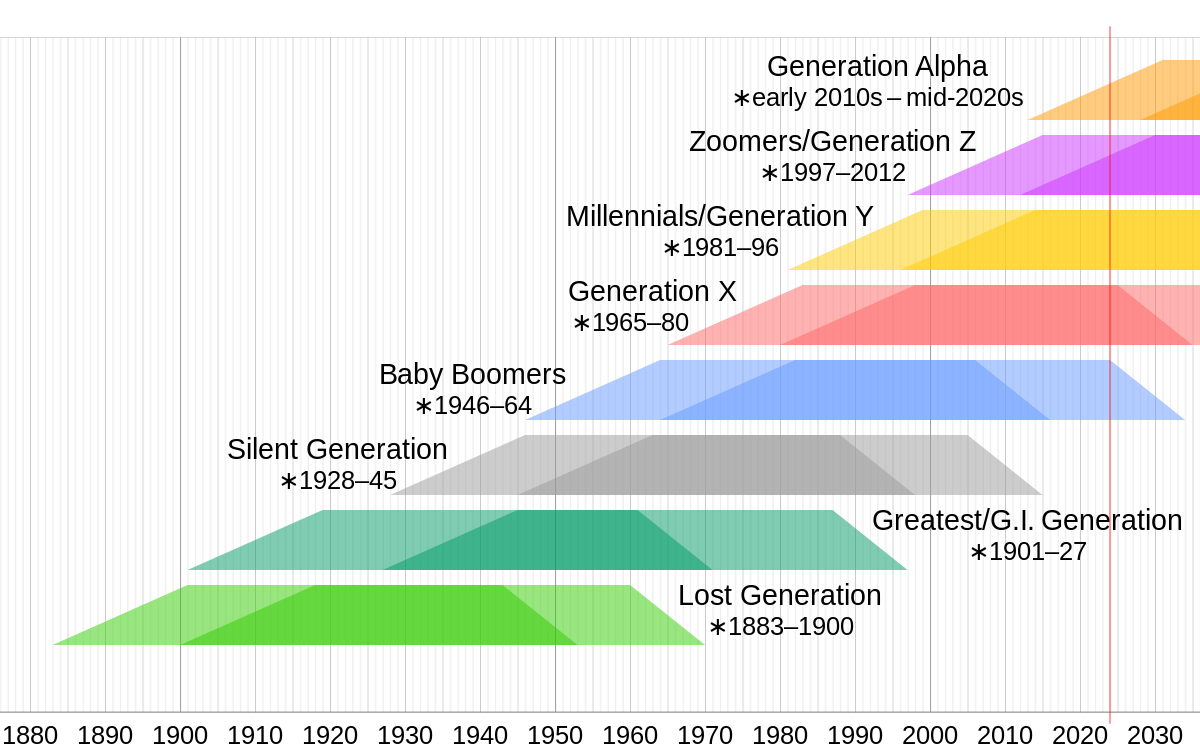Phoronix: It Looks Like Raptor Is Gearing Up To Release A New Open-Source POWER System
Raptor Computer Systems began their open-source hardware expedition with the POWER8-based Talos Secure Workstation that was quite expensive but last year launched the Talos II platform with IBM POWER9 processors and earlier this year launched the Raptor Talos II Lite systems at a cheaper price-point but still quite a significant investment compared to x86_64 AMD/Intel products. They've been pushing ahead on making their platform more viable for Linux users as well as more affordable and it looks like they will soon be launching a new product...
Raptor Computer Systems began their open-source hardware expedition with the POWER8-based Talos Secure Workstation that was quite expensive but last year launched the Talos II platform with IBM POWER9 processors and earlier this year launched the Raptor Talos II Lite systems at a cheaper price-point but still quite a significant investment compared to x86_64 AMD/Intel products. They've been pushing ahead on making their platform more viable for Linux users as well as more affordable and it looks like they will soon be launching a new product...


 ocumentation
ocumentation


Comment